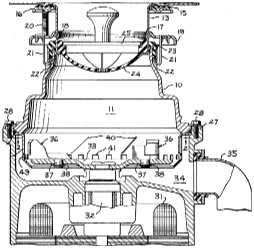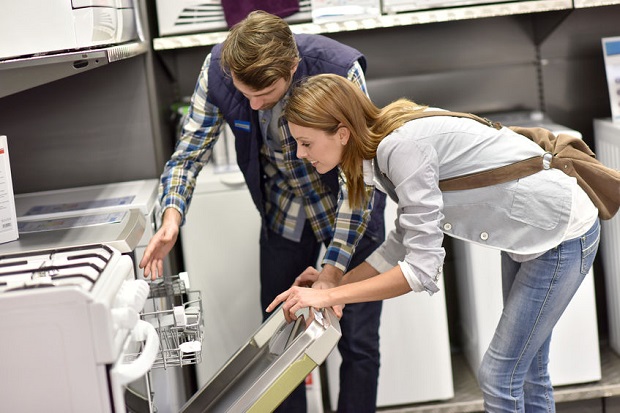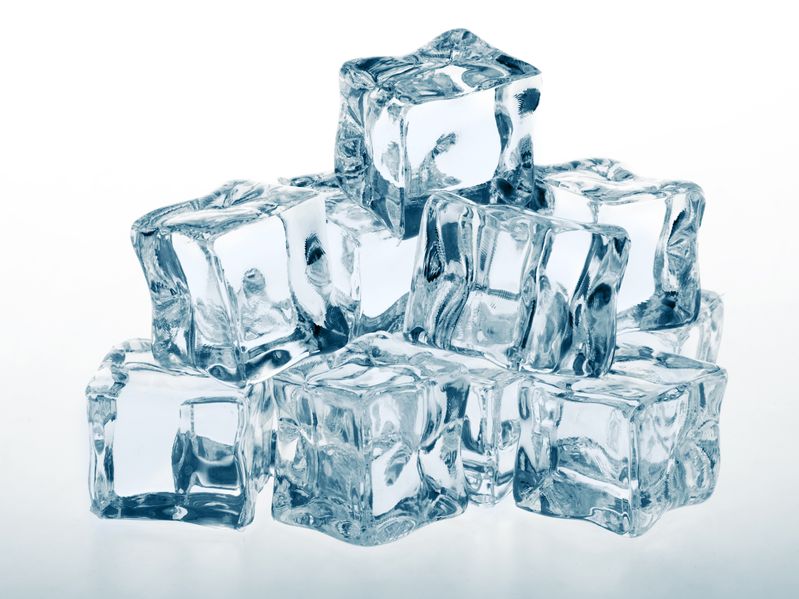
How a garbage disposal functions is actually quite simple. Food waste and water dropped into the grinding chamber land on spinning impellers that continually throw the waste against a shredding ring until the waste is small enough to pass through the holes in the shredding ring to be flushed out with the home’s wastewater.
Garbage Disposal Anatomy: What Is the Function of Each Part?
Different manufacturers and models have unique designs with trademarked technology. This is a list of basics.
Upper Hopper Chamber: This is the uppermost portion of your unit that is attached to your sink drain opening. This is the chamber in which food will drop when you push it down the drain.
Impellers/Lugs/Shredding Ring. Once the food enters the grinding chamber, it will drop onto the impellers. The impellers are metal discs with raised lugs that are attached to the flywheel. When the unit is turned on, these discs spin and forcefully throw food waste against the stationary shredding ring, which is filled with various holes with sharp edges to shred the food waste, much like a cheese shredder.
This spinning action causes a centrifugal force that will continually pull the food back to the center of the impellers to again be pushed back out toward the shredding ring. This process will continue until the food particles are small enough to pass through the holes in the shredding ring and out into the home’s waste pipe where it will be flushed into the septic tank or municipalities’ sewer lines.
There is a misconception that the impellers are the ‘blades’ of the unit that function as the main grinding tool to cut up and process the food waste. Some units are equipped with an additional disc with serrated edges that is positioned below the impellers. The disc is slightly wider than the impeller and functions to additionally cut up any food in conjunction with the primary method of grinding.
Flywheel. The flywheel functions to spin the impellers. When food is dropped into the unit, it will sit on the flywheel and impellers until the unit is turned on. Once turned on, the flywheel will spin the impellers and any additional cutting discs between 1,500-2,000 RPM.
Motor/Motor Shaft. The motor and the motor shaft are located at the base of the unit. The motor functions to spin the motor shaft, which in turn spins the flywheel, which in turn spins the impellers.
Connectors. A garbage disposal is equipped with several connectors. A sink drain is connected to a series of pipes that will flush wastewater from your home. With the use of a garbage disposal, the wastewater pipes are disconnected from the sink drain where the garbage disposal unit will be installed and reattached on the unit itself.
The garbage disposal is equipped with a discharge tube that is connected to the home’s drain trap. This line serves to flush the water and waste from the unit out of the home with the wastewater. A second connector is installed if you have a dishwasher. This line will connect your dishwasher waste line to the garbage disposal functioning to filter the dishwasher’s wastewater through the garbage disposal then out to the home’s wastewater line.
Reset Button. Garbage disposals come equipped with thermal overload switches for safety. If the unit begins to overheat, the switch will automatically shut the unit off. Once the problem is rectified, the reset button will turn the unit back on.
Resources
Sobey, Edwin J. C.. The way kitchens work the science behind the microwave, teflon pan, garbage disposal, and more. Chicago, Ill.: Chicago Review Press, 2010. Print.
“Installing Your Disposer For The First Time.” InSinkErator. N.p., n.d. Web. 27 Mar. 2014. <http://www.insinkerator.com/en-us/Service-Support/Disposer-Support/Pages/Install-Disposer-FirstTime-Standard.aspx>.
“How to Repair a Broken Garbage Disposal.” InSinkErator. N.p., n.d. Web. 27 Mar. 2014. <http://www.insinkerator.com/en-us/Service-Support/Disposer-Support/Pages/default.aspx>.





